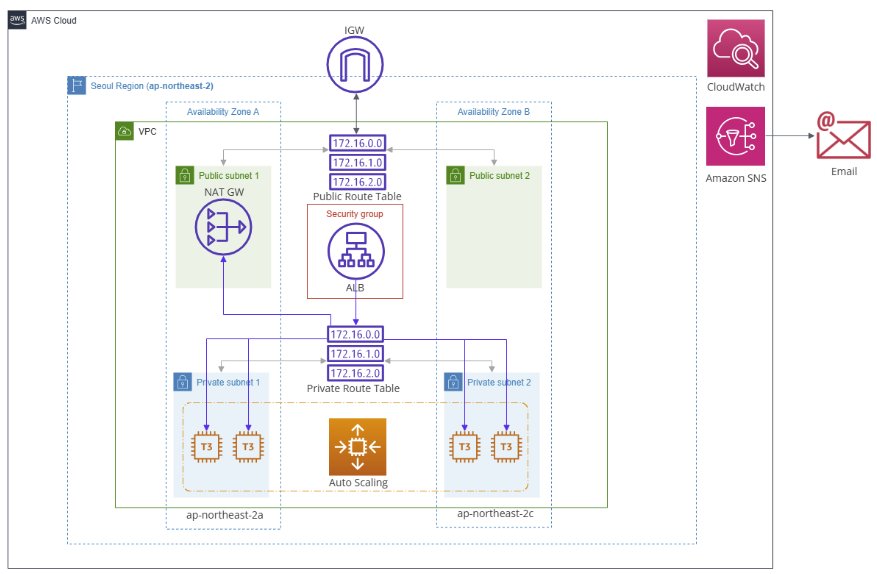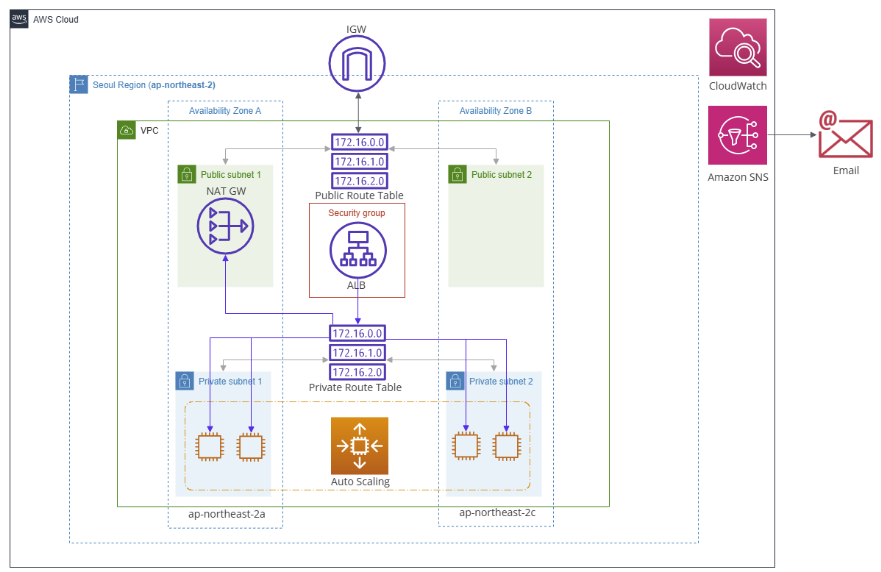반응형



반응형
'Cloud Engineering Bootcamp > 7. AWS' 카테고리의 다른 글
| 15. Configuring the IDE development environment (0) | 2025.10.27 |
|---|---|
| 14. CloudFront + S3 Static Website Deployment (0) | 2025.10.22 |
| 12. AWS Config S3 Public Access Detection and Assessment (0) | 2025.10.21 |
| 11. CloudTrail: Create Trails & Track API Activity (0) | 2025.10.21 |
| 10. Amazon CloudWatch Agent Install & Start (0) | 2025.10.21 |